Krause Coin of the Year Awards for Coins Dated 2016
Germany won the 2018 Krause Coin of the Year Award for coins dated 2016. The winner is the 5 Euro silver “Planet Earth” coin with the new polymer ring technology. The coin was designed by Stefan Klein.

An easy win in the Most Innovative category, the polymer ring was developed by the German Mint as an anti-counterfeiting device. The coin was minted in proof and in circulation strike by each of Germany’s five mints. The polymer ring is a slightly different shade of blue for each mint that is easily spotted when the coins are placed on a light board or when they are held up to the light.
It might be technically accurate to consider the coins of all five mints as winners of the 2016 dated Krause Coin of the Year because of the different shade of blue used in the polymer ring, but the judges did not choose to do so. The last time the Krause judges awarded the Coin of the Year to an entire set of coins was in 2008 for Canada’s 2006-dated proof set of four $50 palladium coins depicting Ursa Major and Ursa Minor through the seasons.
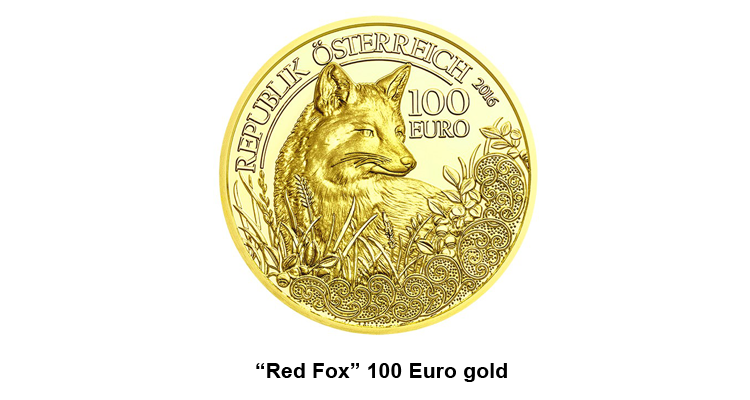
While no country dominated the awards this year, Austria won two awards. The “Red Fox”100 Euro gold from the “Wildlife in our Sights” series won Best Gold. The fourth coin in this popular series was designed by Thomas Pesendorfer and Herbert Wahner. The obverse depicts the European red fox sitting in grass and gazing to the right. The reverse depicts a family of foxes.
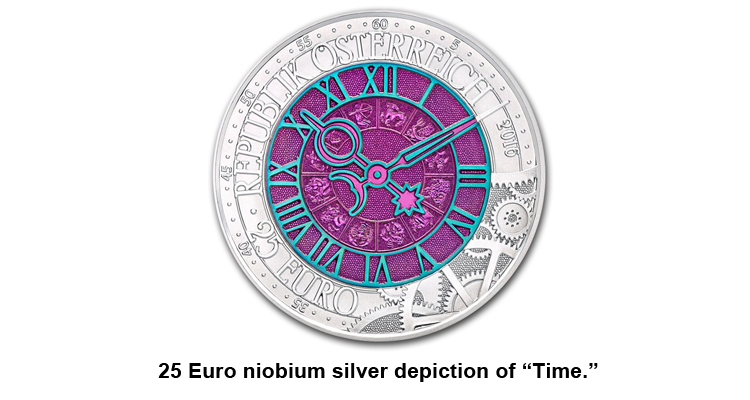
Austria also won the Best Bi-Metallic Coin category with its 25 Euro niobium silver depiction of “Time.” That coin is part of the niobium series of silver coins and depicts a clock face on one side and on the reverse, the inner workings of a clock incorporating symbolic depictions of time.
Coins from both popular series of Austrian coins—wildlife and niobium—have won category awards in previous years.
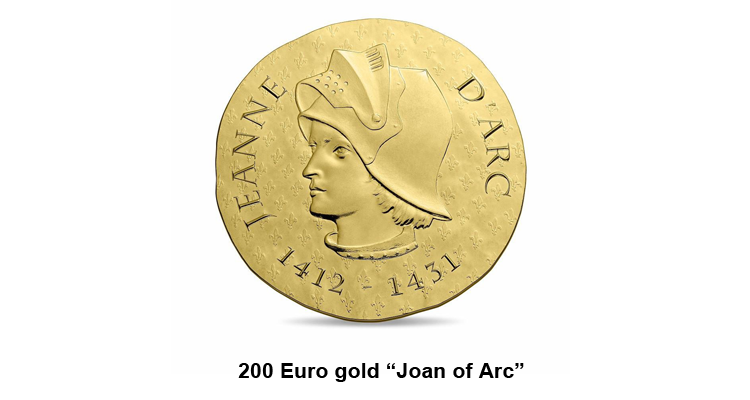
France also won two category awards. The Most Historically Significant Coin dated 2016 went to the 200 Euro gold “Joan of Arc” coin, part of the Women of France series. This popular series of coins pays tribute to three important women of France each year. The series honored women from medieval France in 2016—Queen Clotilde, Queen Mathilde and Joan of Arc. These coins are available as a 10 Euro silver coin, a 50 Euro gold coin and the 200 Euro coin which is the one the Krause judges selected.
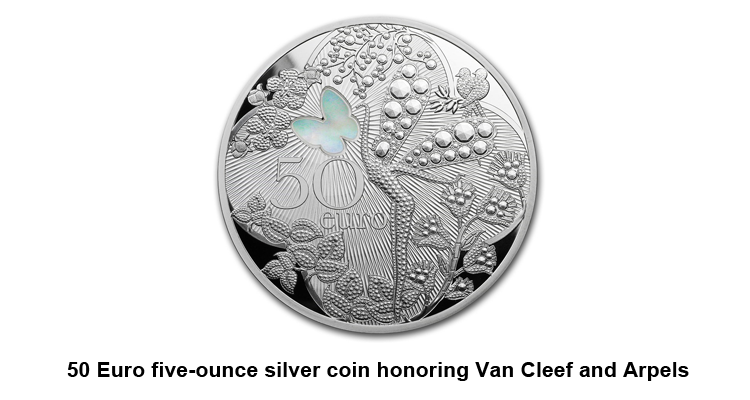
The Paris Mint also won the Best Crown category with a 50 Euro five-ounce silver coin honoring Van Cleef and Arpels which, oddly, does not fit any definition of a “crown” and violates Krause’s own rules. A scalloped version of this coin bearing a 10 Euro denomination is also available, but it too does not meet the definition of a “crown.”
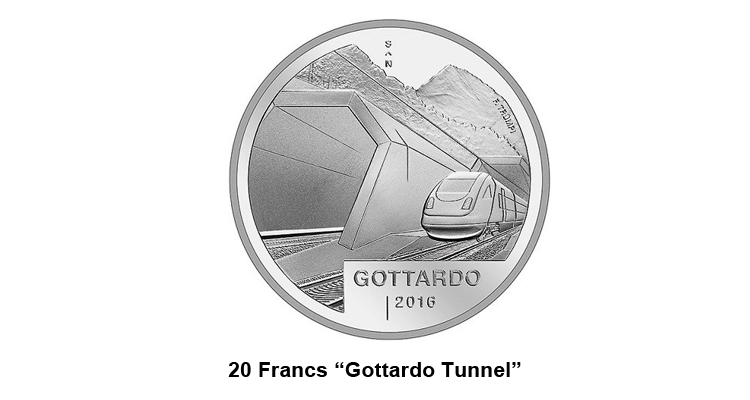
Switzerland won the Best Contemporary Event Coin with the 20 Francs “Gottardo Tunnel” commemorating the opening of the new Gotthard base tunnel. Available in proof and uncirculated, the popular Swiss coin designed by Fredy Trumpi sold out relatively quickly in 2016.
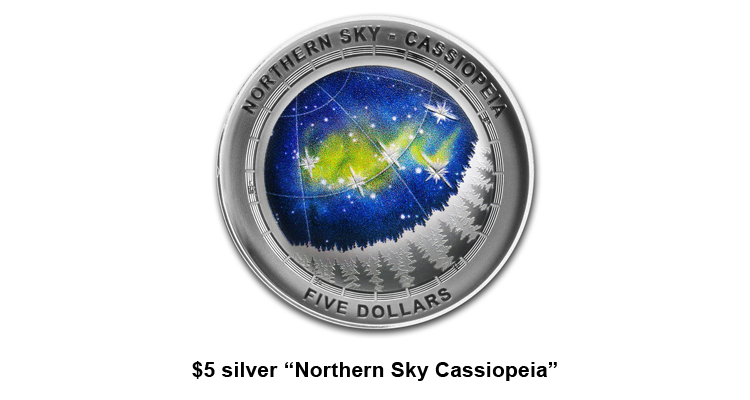
Australia won the Best Silver Coin for the $5 silver “Northern Sky Cassiopeia” dome-shaped coin. This is the first of a three-coin series from the Australian Mint designed by B. King that features the Northern Sky constellations. It was the Australia Mint’s previously issued Southern Sky series of coins that influenced the United States Congress to mandate a concave coin for the 2014 Baseball Commemorative $1 and 50 cent coins, which won Krause Coin of the Year awards in 2016.
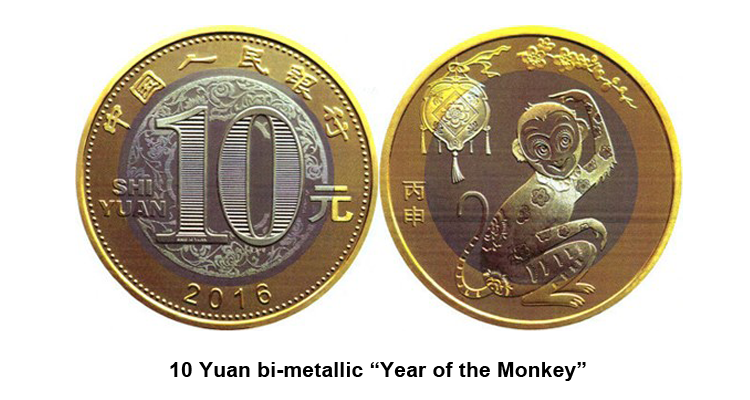
China won the important Best Circulating Coin category with the 10 Yuan bi-metallic “Year of the Monkey” coin that included important security features. Three artists, one from the Shenyang Mint, one from the Shanghai Mint and one from the Nanjing Mint joined together in a group effort to design this important first coin that makes use of the new security feature.
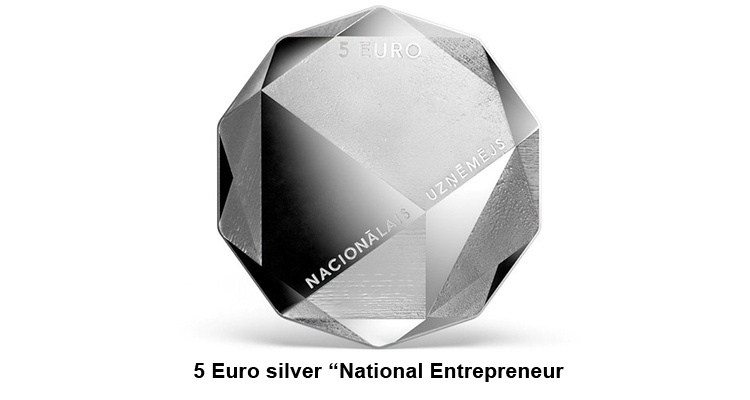
The Most Artistic Coin went to Latvia for the 5 Euro silver “National Entrepreneur,” multi-faceted coin with a QR code. This coin recognizes the importance of entrepreneurs on the obverse and celebrates the 25th anniversary of the restoration of Latvian independence from the former Soviet Union on the reverse. There are 25 raised facets that represent the past quarter-century. This wonderful design by Paulis Liepa is a great example of the marriage of the art of the coin with the art of the technology of making coins.
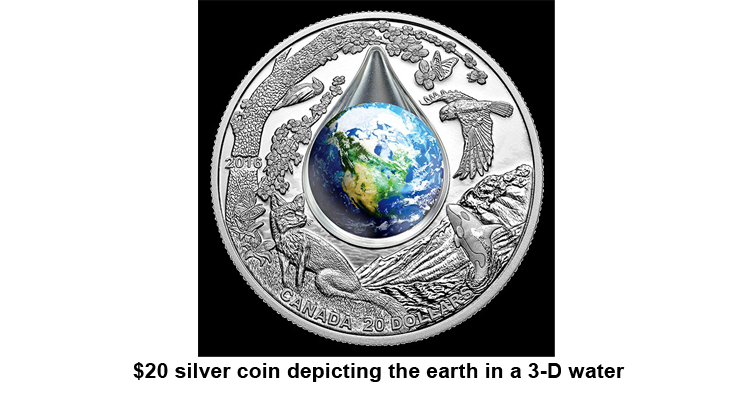
Canada won the Most Inspirational Coin category with the $20 silver coin depicting the earth in a 3-D water droplet. In perhaps the most subjective of the Krause award categories, artist Alexandra Lefort (reverse design) honored the Royal Canadian Mint by creating the first Canadian domed coin. Once again, the art of coin design married the art of coin production technology to create a moving hand-held work of art.
